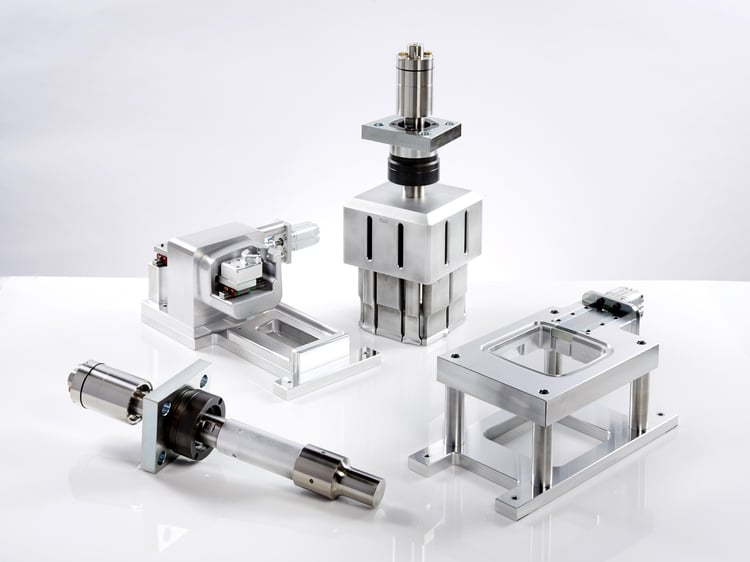
When it comes to plastic welding, selecting the right technique is crucial for achieving strong and reliable joints. Among the available options, ultrasonic welding stands out as a preferred choice for design engineers in various manufacturing sectors. In this article, we will explore the key benefits of ultrasonic welding and why it is highly regarded in the industry.
Rapid and Efficient Joining Process: Ultrasonic welding offers remarkable speed and efficiency, allowing for high-speed production. With cycle times typically taking seconds to complete, this technique boosts productivity and shortens assembly times. By utilizing high-frequency vibrations that generate frictional heat, ultrasonic welding enables rapid melting and bonding of plastic parts.
Strong and Durable Welds: One of the remarkable characteristics of ultrasonic welding is the strength and reliability of the joints it produces. Through molecular-level fusion between plastic parts, ultrasonic welding creates welds that exhibit strength comparable to the base material. These welds demonstrate exceptional resistance to tension, shear, and peel forces, making them ideal for demanding applications in industries such as aerospace and automotive.
Versatility and Compatibility with Various Materials: Ultrasonic welding is highly compatible with a wide range of thermoplastic materials. It can successfully join both similar and dissimilar materials, including rigid and semi-rigid plastics. Furthermore, the process accommodates various material thicknesses and shapes, offering flexibility for diverse design requirements.
Non-Contact and Clean Joining Method: As a non-contact joining technique, ultrasonic welding eliminates the need for additional consumables or adhesives. This characteristic not only simplifies the process but also ensures a clean and aesthetically pleasing finish. The absence of adhesives removes the risk of contamination, making ultrasonic welding an attractive choice for applications with stringent cleanliness requirements. Additionally, the process generates minimal waste, aligning with sustainable and eco-friendly manufacturing practices.
Cost-Effective Solution: Ultrasonic welding provides cost savings in multiple aspects of the manufacturing process. By eliminating the need for additional fasteners, adhesives, or connectors, this technique reduces material and labor costs. Moreover, the fast cycle times and high productivity associated with ultrasonic welding contribute to increased throughput and overall cost efficiency, making it an economically viable option.
Conclusion: Ultrasonic welding offers design engineers a multitude of advantages when it comes to plastic joining. Its rapid and efficient process, ability to create strong and durable welds, compatibility with various materials, clean joining method, and cost-effectiveness make it a preferred choice across industries. By harnessing the power of ultrasonic welding, design engineers can achieve high-quality, reliable, and aesthetically pleasing joints in their plastic components.





